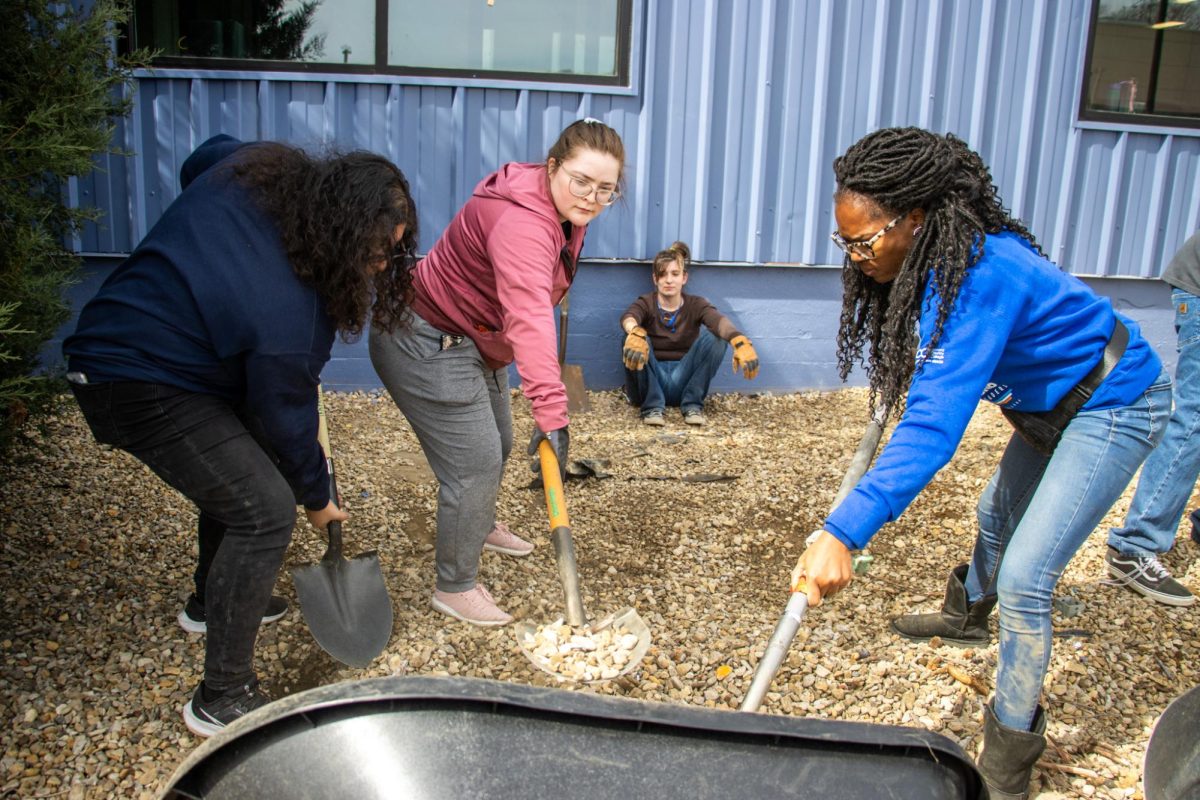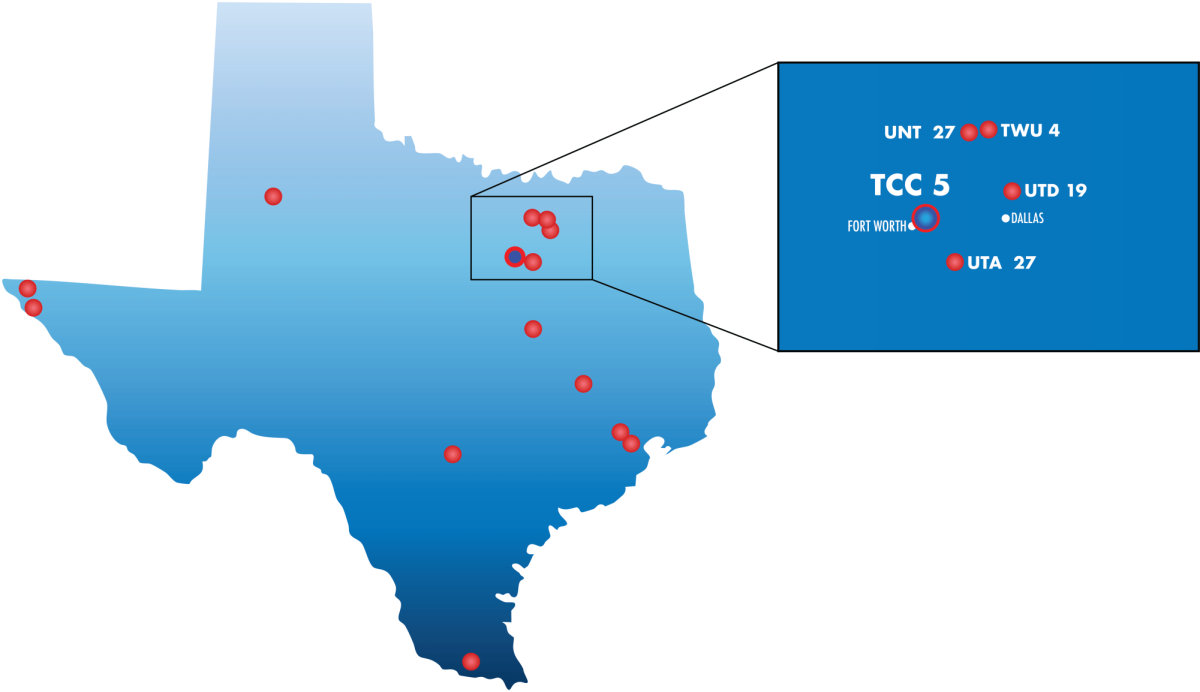Tarrant County needs to improve its infrastructure to keep up with population growth.
As we become more reliant on our cars, it’s clear that our transportation infrastructure wasn’t built to accommodate the increasing number of cars. This manifests in how dangerous it has become to drive.
The Dallas-Fort Worth area is especially infamous for its hazardous highways. There were more than 29,000 motor-vehicle accidents and 215 fatalities reported in Tarrant County last year. That’s 3.4 incidents every hour.
We now live in a time where news of deadly crashes and multi-car pileups no longer shocks. Instead, we regard it as a tragedy and while legislature does nothing to fix it. Any even find humor in the situation.
I remember my first time getting on Interstate 820 and being immediately tailgated by what seemed to be a pair of floating lights which, in actuality, was a tall truck’s high beams. The driver was agitated by the traffic and chose me to angrily
honk at. Thankfully, I didn’t turn into another statistic that day. This story is not a unique one.
Many drivers can relate to the feeling of being stressed and overwhelmed while on the road. Some drivers, myself included, even go out of their way to avoid getting on the highway at the cost of extra time.
The roads are now associated with inconvenience. For students, it is a source of anxiety as they try and fail to predict traffic will ruin their schedule.
This is why we need to focus on improving transportation. Students need to have reliable access to their campuses without trading precious time.
One way TCC is addressing this issue is the EasyRide program, which offers free passes to eligible students for all public transportation. This doesn’t just benefit students who rely on these services. Even if a student chooses to drive, they can be reassured that there is always an alternative.
While this is good news, this is just a Band-Aid on what is more like an open wound.
Our public transportation is not sufficient and will get worse with time. The hottest days of the summer have done numbers on the shaky system.
The Trinity Metro TEXRail has reduced maximum track speeds several times during heat waves as the hot tracks create more potential hazards for trains. As this avenue is affected, users overflow to buses. Even then, problems arise.
The 2021 American Society of Civil Engineers assessment found that 40% of the roads in the nation are now in poor or mediocre condition. These deteriorating roads can lead to more accidents and break downs as they buckle under the sun.
Expanding our current public transportation is an important step, but it is not enough to just upgrade our buses and trains if it is built on an outdated infrastructure.
We need to look ahead. Dallas-Fort Worth is predicted to be the biggest metro area in the country by 2100 and we need to think ahead. Sure, more lanes and tollways will help traffic problems short-term but eventually, just like it had decades ago, these lanes will be filled up again. There needs to be a more permanent and drastic change.
Tarrant County leaders are currently seeking funding and support for a high-speed rail system linking Fort Worth, Arlington and Dallas.
If this kind of change is encouraged, it would ease students’ worries and make their commute both easier and safer.






























